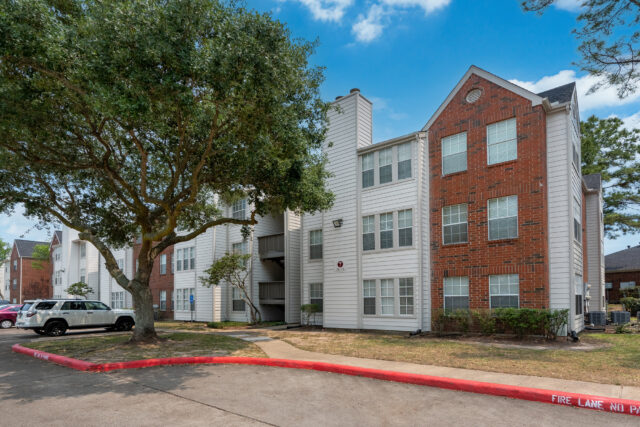By the end of 2025, the United States is expected to deliver more than 500,000 newly built rental apartments. That level of supply has not been seen since the 1970s. What makes this year’s boom especially interesting is that two states, Florida and Texas, are responsible for almost 30 percent of the new inventory.
For real estate investors, this shift is worth watching closely. While big developers chase luxury tenants, smaller investors can find opportunities in the middle of the market. Let’s break down what this building surge means for you.
The Sunbelt Surge
The Sunbelt continues to dominate U.S. apartment construction. In 2025 alone:
-
Texas: 81,407 units projected
-
Florida: 62,184 units projected
Dallas-Fort Worth, Austin, San Antonio, and Miami are all near the top of the list for new development. These cities benefit from strong job growth, steady in-migration, relatively affordable land, and business-friendly environments.
But the story is not the same everywhere. Houston is scaling back with fewer deliveries after oversupply pressured rents, while Austin is still bringing thousands of units online despite a rise in vacancies last year.

How Supply Impacts Rents
When supply increases quickly, renters usually gain the advantage. More vacancies and heavier concessions can soften rents. Yet absorption has been strong across the Sunbelt, and analysts expect the market to tilt back toward landlords by the end of 2025.
Several factors will determine how fast that happens:
-
Tariffs: If they drive construction costs higher, new projects will slow and rents will rise.
-
Interest Rates: If cuts are delayed, high mortgage rates will keep many renters out of the buying market, creating additional rental demand.
-
Product Type: Most new apartments are luxury properties. That leaves a large portion of the population still looking for modest, reasonably priced housing.
Lessons From New York and Miami
Two markets illustrate the range of outcomes:
-
New York: More than 30,000 units are expected to be delivered in 2025. Zoning changes and tax incentives have encouraged building and helped keep rent growth in check. This shows how supply, when managed well, can reduce affordability pressures.
-
Miami: Even with high insurance costs and weather concerns, demand remains intense. Investors are also taking advantage of flexible Airbnb rules, which has created additional cash-flow opportunities.
What This Means for Investors
The big picture is clear: the flood of new construction is not the end of opportunity. Instead, it creates new pathways for disciplined investors.
Here are three key takeaways:
-
Focus on Workforce Housing
While new luxury towers target high-income renters, everyday working families still need affordable options. Properties that meet this demand are positioned for long-term stability. -
Pay Attention to Timing
Short-term oversupply can pressure rents, but that is often when opportunities appear. Buying during a period of softness can create strong returns as the market tightens. -
Stick to Cash Flow Fundamentals
Appreciation is uncertain in oversupplied luxury markets. Cash flow, not speculation, should remain the driver of any investment decision.
Final Thoughts
Florida and Texas are delivering an unprecedented number of new apartments in 2025, but demand in these states remains strong. If you are a smaller investor focused on long-term wealth, this surge does not eliminate opportunity. In fact, it may increase it.
The key is to buy properties that cash flow, serve the broadest base of renters, and stand the test of market cycles. Real estate is always local, and investors who focus on fundamentals will continue to succeed.



